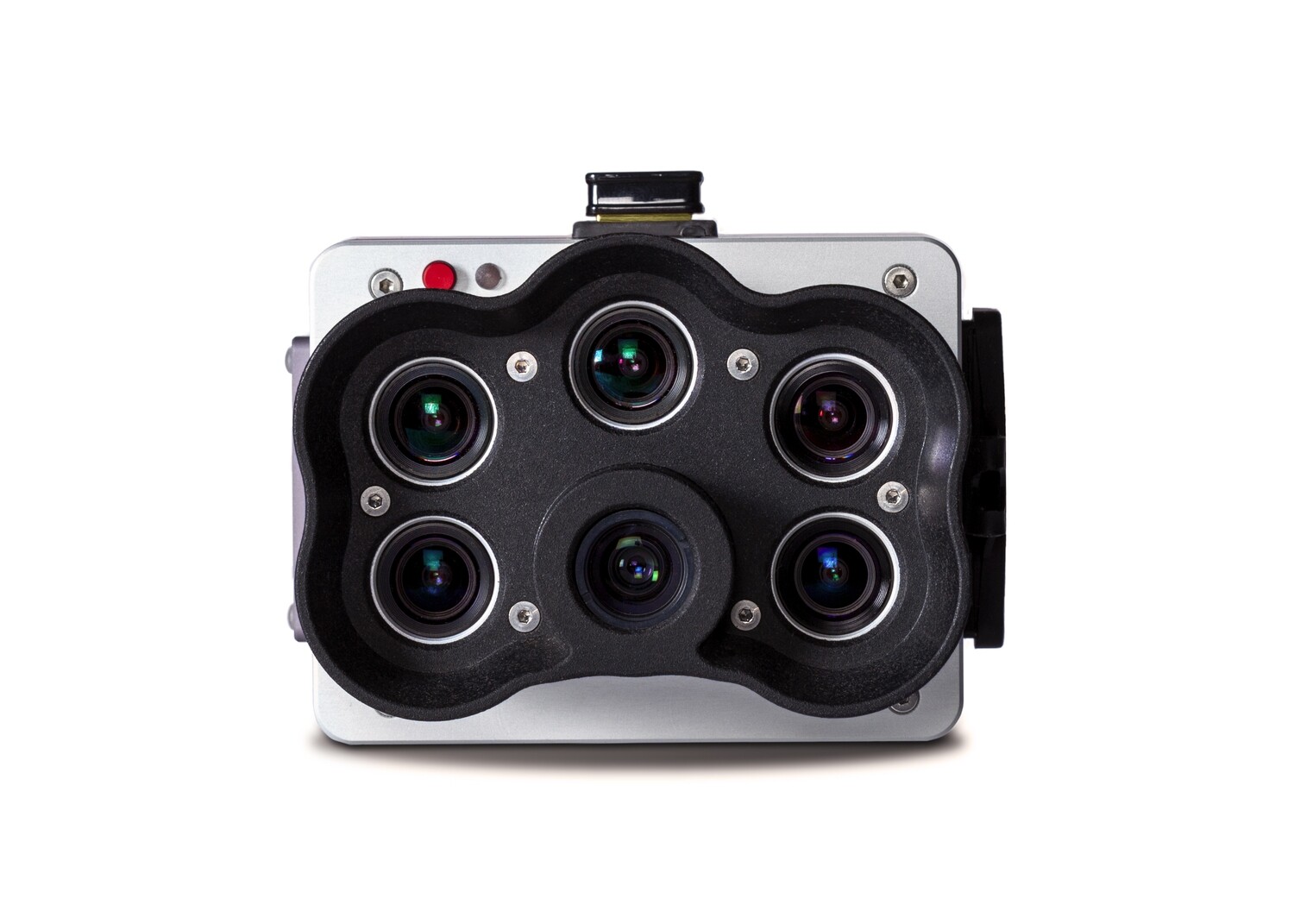What Are Multispectral Cameras?
Multispectral cameras are imaging devices designed to capture image data at specific frequencies across multiple distinct bands of the electromagnetic spectrum. Unlike conventional cameras that capture only visible light, multispectral cameras can obtain additional information the human eye cannot see. Multispectral cameras are often customized for individual applications, notably in terms of the spectral bands utilized.
Multispectral photographs are either taken with specialized cameras that use filters to separate these wavelengths or with equipment sensitive to a specific wavelength range, such as light from infrared and ultraviolet frequencies (for example), which are invisible to the human eye.
Key Market Statistics and Drivers Behind Them
The global multispectral camera market was valued at USD 1,025.16 million in 2022 and is expected to reach USD 2,400.33 million with a CAGR of 8.9% during the forecast period. Growing R&D (research and development) activities are a major factor in the market’s expansion. For instance, with regard to its Thermal by FLIR program for small unmanned aircraft systems (sUAS), Teledyne FLIR has made significant progress.
Applications Multispectral Cameras
Multispectral imaging is now used in a wide variety of applications, including
- Earth Monitoring: On satellites, multispectral instruments are used for a variety of Earth observation missions from space, such as geological surveys, environmental monitoring, and military surveillance.
- Agriculture: Multispectral cameras are used in precision agriculture to monitor the development of agricultural crops, detect forest fires, spot disease outbreaks, and improve irrigation.
- Aircraft Detection: Multispectral imaging is employed in space- or ground-based military installations for discovering and tracking aircraft and missiles. Multispectral data can help to obtain more specific information on those objects.
- Geology: They are used to map geological formations, identify mineral deposits, and study changes in landforms.
- Medical Imaging: In the medical field, multispectral imaging can be used to identify and diagnose skin conditions and other medical conditions.
- Document and Painting Analysis: Multispectral imaging can be used for the investigation of paintings and other works of art.
- Industrial and Manufacturing Quality Control: Multispectral cameras can be used in industrial settings for quality control purposes, identifying defects, inconsistencies, and variations in products and materials.
Rising Demand for Multispectral Camera
The growing research on the applications of multispectral cameras is one of the key factors driving the multispectral camera market growth. The demand for these cameras rises as scientists investigate and uncover new applications for multispectral imaging. For instance, scientists carried out research on the use of unmanned aerial vehicles (UAVs) equipped with multispectral sensors to measure water quality indicators in coastal areas.
Understanding Geographical Spectrum
APAC is expected to hold the largest multispectral camera market share during the forecast period, owing to the notable developments in imaging technologies, like multispectral cameras. Local firms and research institutes have developed innovative features and functionalities, including improved sensor technologies, improved image processing algorithms, and small design solutions, which are fueling the market growth in APAC. For instance, Paras Aerospace, a division of Paras Defense and Space Technologies, an innovative tier 2 defense engineering business in India, is about to launch a domestic and efficient multispectral camera created for Unmanned Aerial Vehicles (UAVs).
The Future Speaks
With continuous technological development, we can expect even more sophisticated multispectral cameras with enhanced accuracy, higher resolutions, and expanded spectral ranges. Such innovations will surely lead to radical discoveries and applications across various industries, thereby boosting the multispectral camera market growth in the coming years. The integration of other advanced technologies like artificial intelligence and machine learning in multispectral cameras will accelerate their impact further, enabling more effective data analysis.

